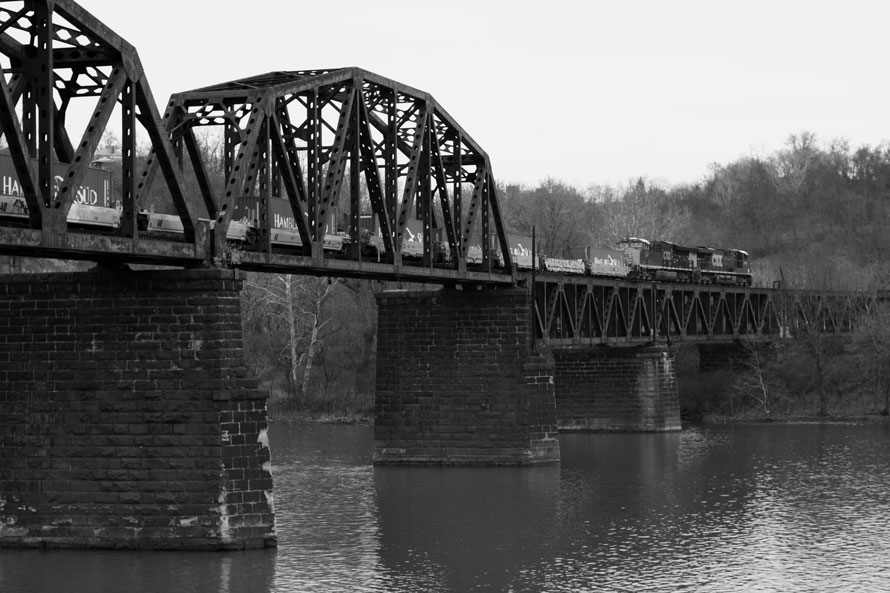
On July 6, 1892, the “Battle of Homestead” was fought at this site between the striking steelworkers of the Carnegie Company and the Pinkerton detectives.
The conflict had been brewing for several months. For union members belonging to the Amalgamated Association of Iron and Steel Workers the working and living conditions were dismal. Twelve hour days, seven days a week with every other Sunday off was the norm. Efforts by the union to negotiate were ignored. Management in the form of Andrew Carnegie and Henry Clay Frick refused any form of negotiations. Frick developed a hard line, telling Carnegie that he, Frick, would take care of the strike. The workers were locked out; they, in turn, surrounded the plant, refusing entry to anyone. Read more
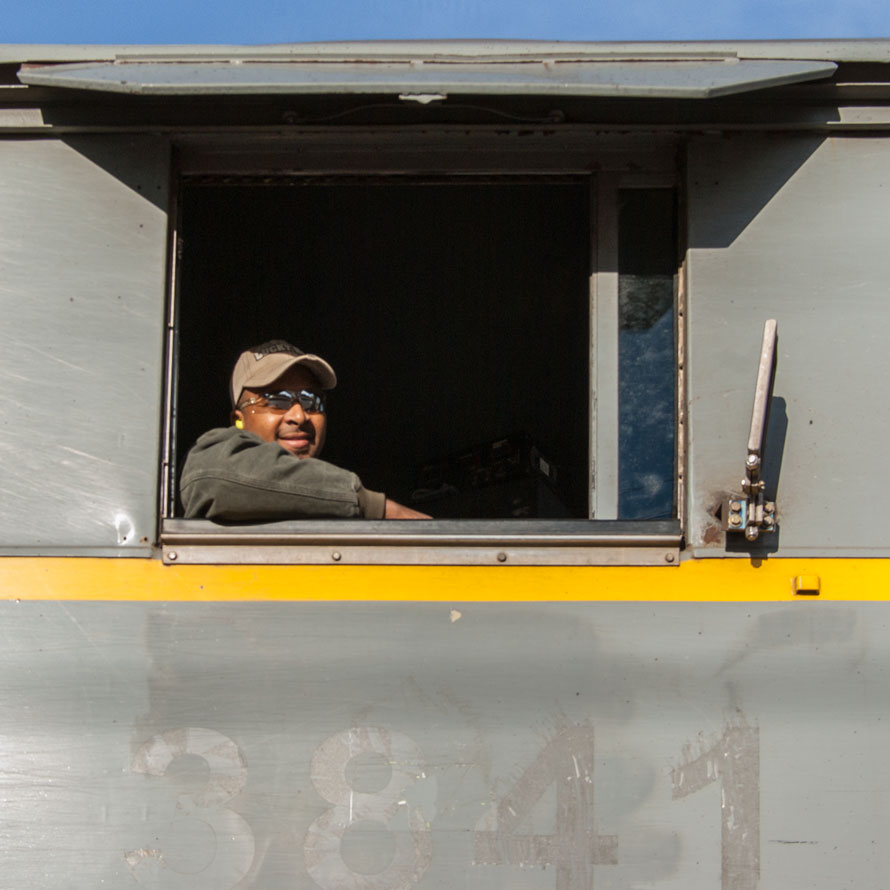
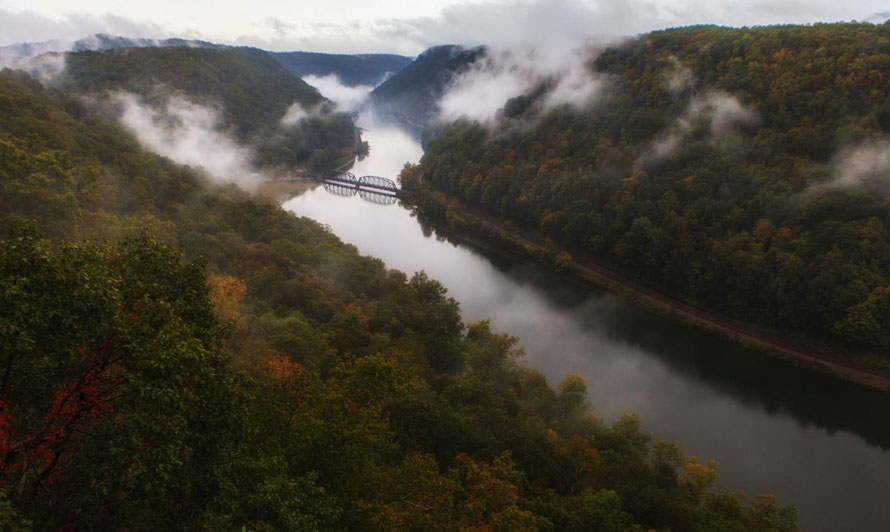
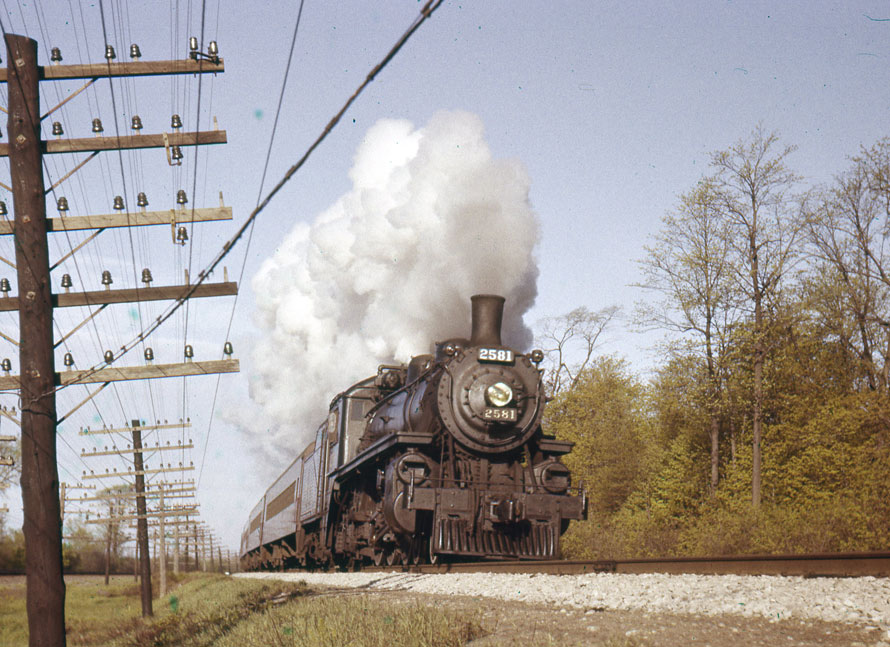
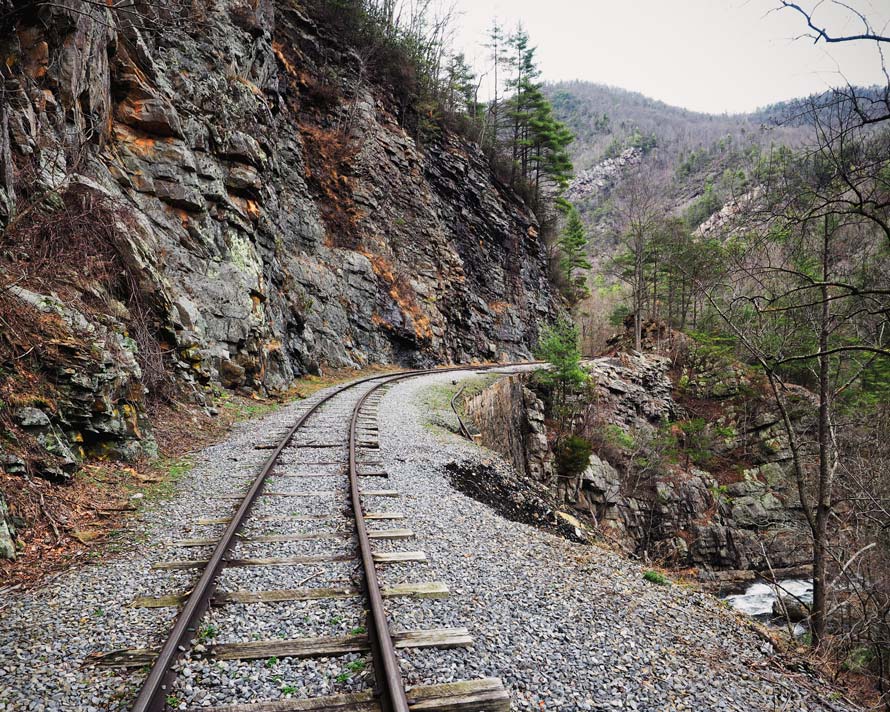
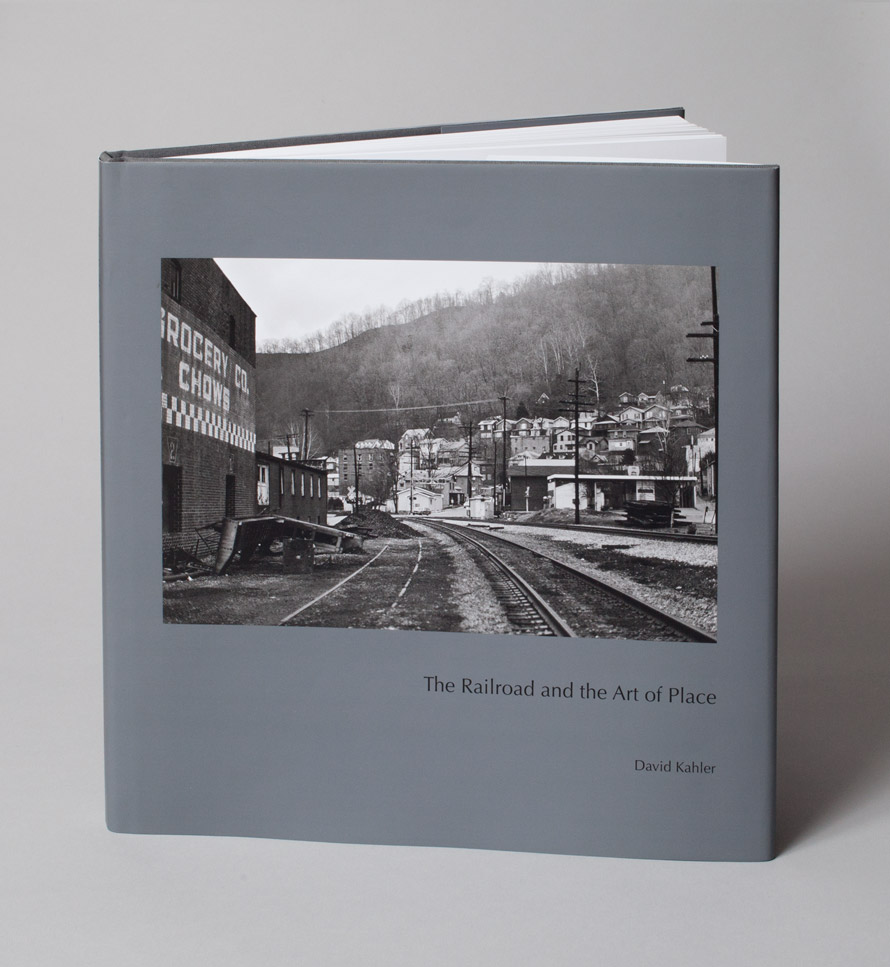
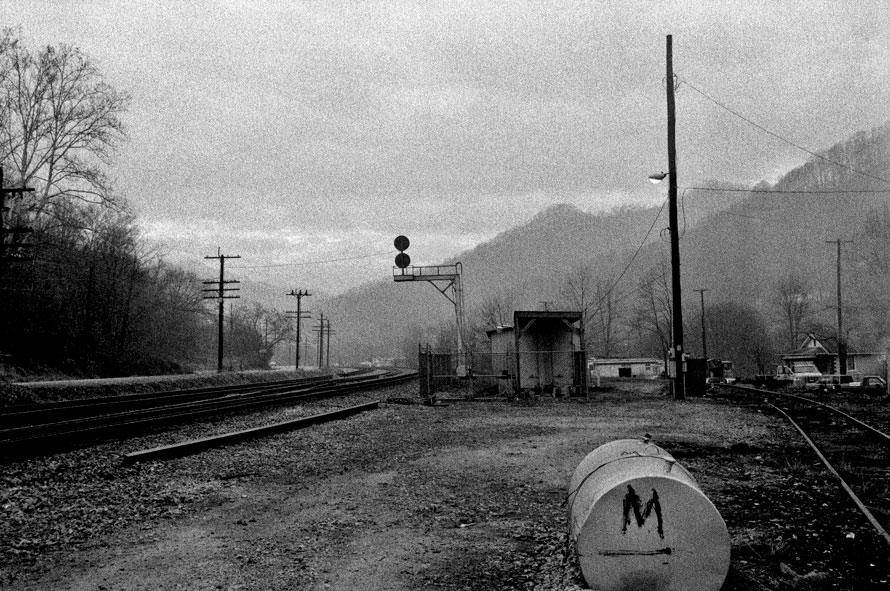 Jeff Brouws, in his essay which appears in the book (and is reprinted below), discusses Kahler's work in relation to the depression era work of the Farm Security Administration photographers, particularly Marion Post Wolcott, as well as the photographers of the more recent New Topographics movement. With its focus on the visual and cultural landscape shaped by the railroad, The Railroad and the Art of Place holds a unique place in the context of railroad photography, and indeed, transcends the genre.
With a broad appeal not only to railfans, but to anyone who loves great photography, this book will find a place in the library of railfans, artists, photographers and historians alike.
David has been generous to share his work on The Trackside Photographer in the past, and we are pleased to recommend his new book to our readers.
Jeff Brouws, in his essay which appears in the book (and is reprinted below), discusses Kahler's work in relation to the depression era work of the Farm Security Administration photographers, particularly Marion Post Wolcott, as well as the photographers of the more recent New Topographics movement. With its focus on the visual and cultural landscape shaped by the railroad, The Railroad and the Art of Place holds a unique place in the context of railroad photography, and indeed, transcends the genre.
With a broad appeal not only to railfans, but to anyone who loves great photography, this book will find a place in the library of railfans, artists, photographers and historians alike.
David has been generous to share his work on The Trackside Photographer in the past, and we are pleased to recommend his new book to our readers.